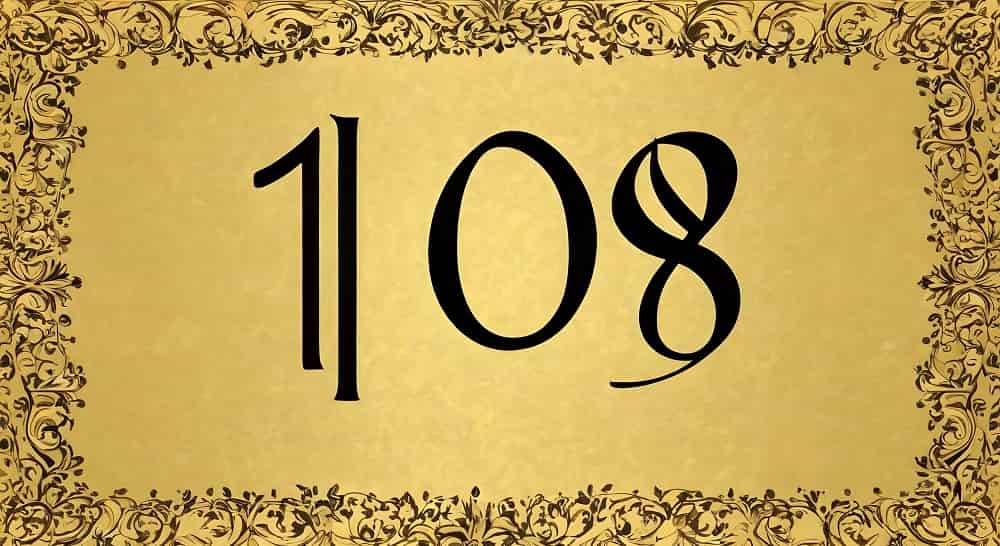Delving into the significance of the number 108 in Hinduism, one can't help but wonder about its profound importance. Whether engaging in the rhythmic flow of Rudrakash rosaries or the meditative repetition of mantras, the number 108 weaves seamlessly into these spiritual practices. The utterance of God's name achieves completeness after resonating 108 times, aligning with the sacred essence of Lord Shankar.
The roots of this reverence extend to the 108 Shivangas, the fundamental aspects of Lord Shiva, thereby manifesting in the 108 beads adorning the Rudraksha rosary within the Lingayat community. This mystic number isn't confined to Hinduism alone; it reverberates across diverse religions and cultures. In various Buddhist traditions, it is believed that 108 distinct emotions arise within an individual, embodying a profound psychological depth.
The symbolism transcends into the intricate carvings of Cambodia's renowned Angkor Wat temple. Here, the depiction of Samudramanthan (churning of the ocean) unfolds, portraying 54 gods and 54 demons engaged in a cosmic tug-of-war with Vasuki, bound to the Mandara mountain on the vast expanse of Ksheer Sagar. Even within the realm of Shri Vaishnavism, the lore narrates the existence of 108 celestial spheres under the divine domain of Lord Vishnu, adding another layer of significance to this enigmatic number.
Furthermore, the number 108 even holds great spiritual significance beyond its mathematical value. This sacred number appears in various aspects of Hinduism, and its significance is deeply rooted in ancient traditions, philosophy, and cosmology.
Cosmic Harmony
The number 108 is considered a symbol of cosmic harmony. According to Hindu cosmology, there are said to be 108 pithas, or sacred sites, throughout India. These sites are believed to be focal points of divine energy, contributing to the overall balance and harmony of the universe.
Japa Meditation
In Hinduism, it is common for practitioners to use mala beads, which typically consist of 108 beads, for meditation and prayer. During Japa meditation, where a mantra is repeated 108 times, each bead is touched as a way to count the repetitions. The number 108 is seen as a complete and auspicious cycle, representing the entire spectrum of existence.
Astronomy and Astrology
In Vedic astrology, there are 27 constellations, each divided into four quarters or padas, resulting in a total of 108 padas. Additionally, there are said to be 12 zodiac signs, each with 9 padas, making up the same total. The connection of 108 with celestial bodies and their movements reinforces its cosmic significance.
Spiritual Geometry
In a pentagon, the intersection of two adjoining lines creates an angle measuring 108 degrees. The pentagon is a shape often associated with sacred geometry, and the significance of this angle is considered divine in Hindu culture.
Heart Chakra
Within yogic traditions, it is held that 108 energy lines converge to shape the heart chakra. The heart chakra is considered a central point for spiritual development and balance, and the number 108 is associated with the harmonization of these energy channels.
Sanskrit Language
The Sanskrit alphabet is composed of 54 letters, each with a masculine (Shiva) and feminine (Shakti) form, bringing the total to 108. The association of language and sound with this sacred number emphasizes the holistic nature of the universe.
Time and Space
In traditional Indian cosmology, it is believed that the average distance between the Earth and the Sun is approximately 108 times the Sun's diameter. This connection to astronomical measurements underscores the interwoven relationship between time, space, and the sacred.
In a nutshell, the spiritual power of 108 in Hindu culture transcends mere numerical significance. It is deeply embedded in the fabric of Hindu philosophy, cosmology, and spiritual practices, serving as a reminder of the interconnectedness of the individual soul with the cosmic whole.














0 comments:
Post a Comment